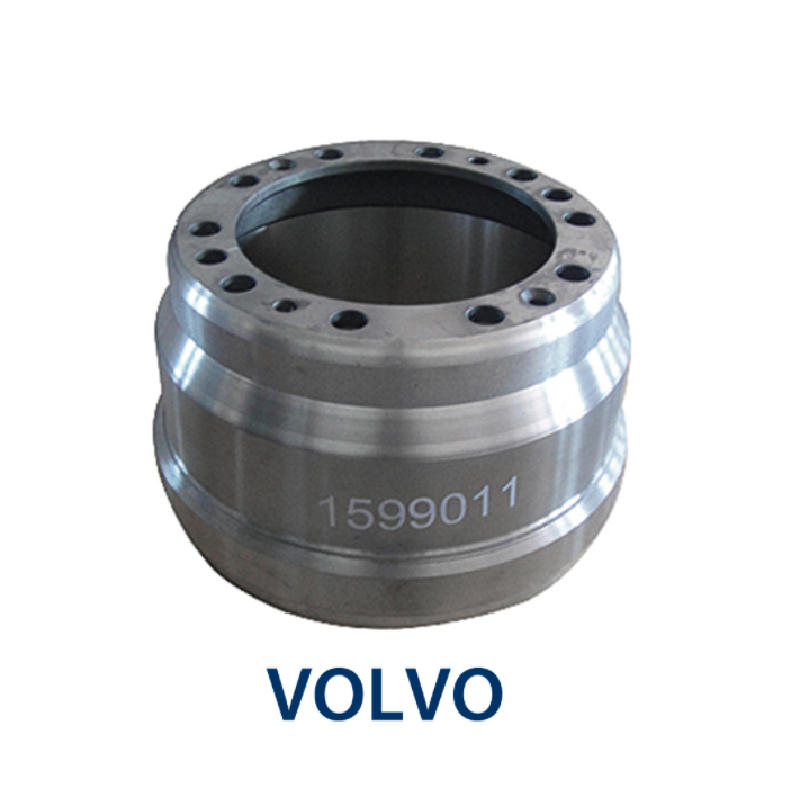Aug . 16, 2024 13:51 Back to list
Comparing Brake Drums and Brake Pads for Optimal Vehicle Performance
Brake Drum vs Brake Pad Understanding the Key Differences
When it comes to vehicle braking systems, two essential components often discussed are the brake drum and the brake pad. Both play critical roles in ensuring vehicle safety by allowing for effective stopping power, but they operate in significantly different ways and are suited for different types of vehicles and applications. In this article, we will explore the differences between brake drums and brake pads, their respective functions, and the contexts in which they are most commonly used.
What is a Brake Drum?
A brake drum is a cylindrical component found in drum brake systems. Typically made from cast iron or aluminum, the brake drum spins with the wheel and houses the brake shoes. When the driver presses the brake pedal, hydraulic pressure forces the brake shoes outward against the inner surface of the drum. This contact creates friction, which slows down the rotation of the wheel, effectively bringing the vehicle to a stop.
Brake drums are known for their durability and ability to withstand high temperatures, which is beneficial in heavy-duty applications. They are often found in older vehicle designs and in some trucks and SUVs where the design favors the enhanced stopping power, especially under load.
What is a Brake Pad?
On the other hand, brake pads are a critical component of disc brake systems, which have become the standard in most modern vehicles. Brake pads are typically made from a composite material that includes friction compounds and often feature a metal backing plate.
When the brake pedal is pressed, hydraulic pressure pushes the brake pads against a spinning brake disc (or rotor). The resultant friction between the pads and the rotor slows down the wheels, allowing the vehicle to stop. Brake pads are renowned for their quick response time and consistent performance in various driving conditions.
brake drum vs brake pad

Key Differences
1. Working Mechanism The primary difference lies in their construction and operation. Brake drums rely on mechanical force to push brake shoes against the drum's inner surface, while brake pads engage with the rotor through hydraulic pressure.
2. Heat Dissipation Brake pads tend to perform better in dissipating heat compared to brake drums. Since drum brakes enclose the friction components, heat can build up more quickly, potentially leading to brake fade. In contrast, disc brakes allow for better air circulation, reducing overheating issues.
3. Maintenance and Replacement Brake pads are usually easier to inspect and replace than brake drums. Hairline cracks or signs of wear can be visually checked on brake pads. Drum brakes, on the other hand, often require more labor to inspect as their design conceals many components. Additionally, while brake pads typically wear out faster than brake drums, their replacement is generally less costly.
4. Performance Disc brakes (and thus brake pads) offer improved stopping power and quicker response times, making them more suitable for modern vehicles, especially performance and sports cars. Drum brakes, however, can still be effective in applications where the weight load is significant, such as in larger vehicles.
Conclusion
In summary, brake drums and brake pads serve the essential function of ensuring vehicle safety through effective braking. While brake drums are prevalent in older vehicle models and heavier vehicles due to their high durability, brake pads have become the norm in modern vehicles due to their superior performance and ease of maintenance. When it comes to choosing the right braking system for a vehicle, factors such as the type of vehicle, intended usage, and desired performance characteristics will dictate whether a drum or disc brake system—and thereby brake pads or drums—are the best fit. Understanding these differences can help vehicle owners make informed decisions regarding their braking systems, ultimately contributing to overall safety on the road.
-
Brake Drum Man - High-Quality Drum Brake Drums & Brake Shoes for Reliable Performance
NewsJun.24,2025
-
High-Quality Brake Drum Kamaz – Durable Drum Brake Drum & Brake Shoe Replacement
NewsJun.10,2025
-
High-Quality Brake Drum Liza for Drum Brake Systems - Superior Durability and Performance
NewsJun.10,2025
-
High-Quality Brake Drum Kamaz – Durable Drum Brake Drum & Brake Shoe Solutions
NewsJun.10,2025
-
Durable Kamaz Brake Drums High-Performance Truck Parts
NewsJun.09,2025
-
Premium Brake Drum Maz Kit with Shoes Enhanced Braking
NewsJun.09,2025
